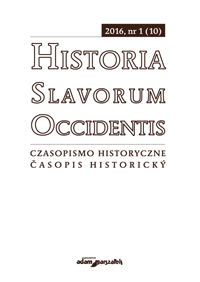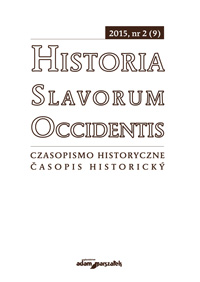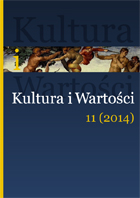
We kindly inform you that, as long as the subject affiliation of our 300.000+ articles is in progress, you might get unsufficient or no results on your third level or second level search. In this case, please broaden your search criteria.

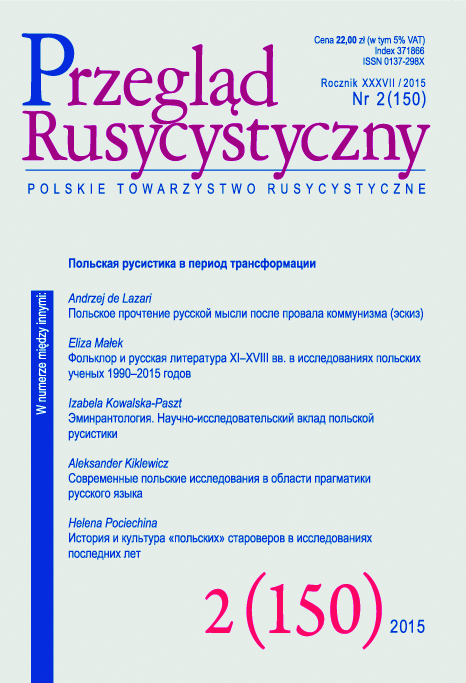
Traditions of esotericism determine the scope of research conducted by The Laboratory of Non-Dogmatic Spirituality. In the 1990s, academics from The Institute of Eastern-Slavic Philology founded a research laboratory at the Faculty of Languages at the University of Gdańsk. Soon academics from other centers joined in. Nowadays, the group comprises scholars from Polish universities, as well as from Russia, Ukraine, the USA, Sweden and Germany. Among the most interesting projects carried out by the Laboratory, one can find the research connected with a unique archive that was presented to the Department of Manuscripts at Gorky World Literature Institute (Russian Academy of Sciences in Moscow). The collection, which was handed over in 2014, had been compiled by late Ludvig Aleksandrovich Novikov (1933–2005), a physicist, scientist, academic by profession, but an archivist and a culture researcher by avocation. The collection includes valuable documents concerned with the history of anthroposophy, one of the initiation schools mentioned above, which was extremely popular in Russia, especially with representatives of the art world.
More...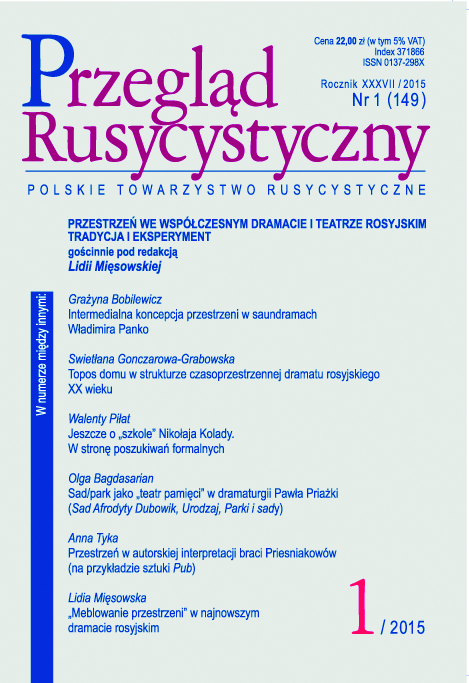
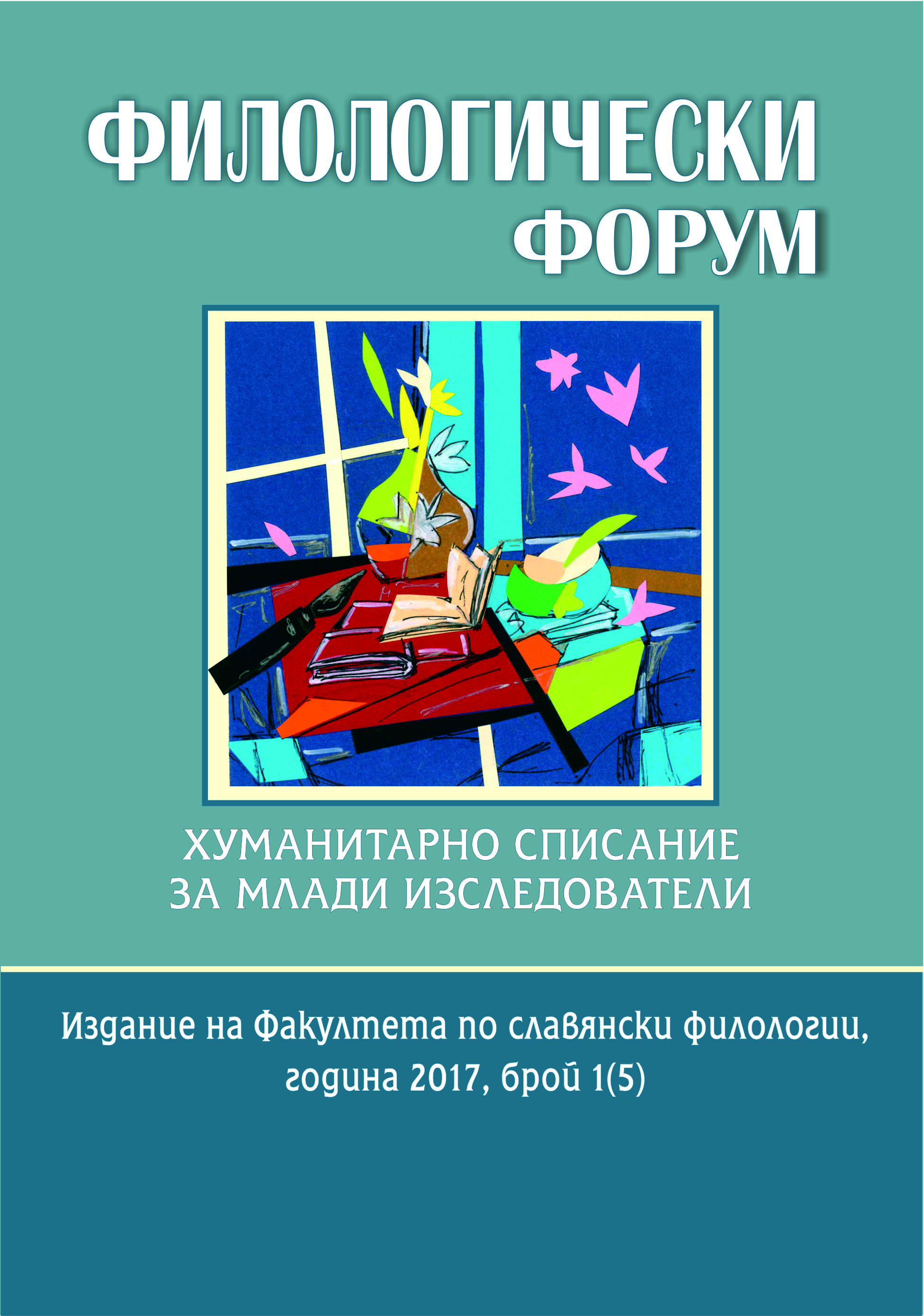
The essay is a short introduction in the Lachezar Stanchev's poem "A Drop".
More...

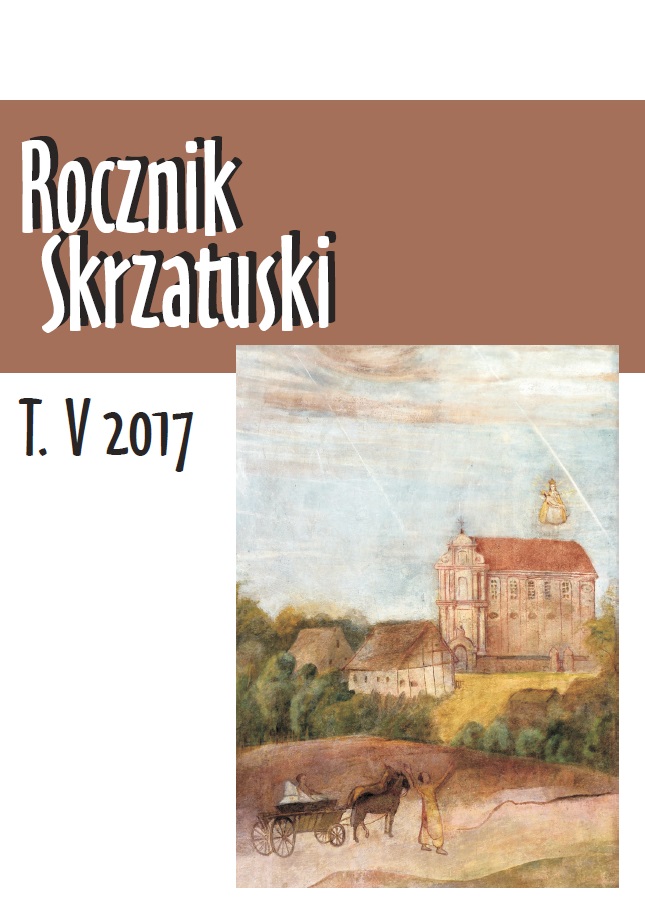

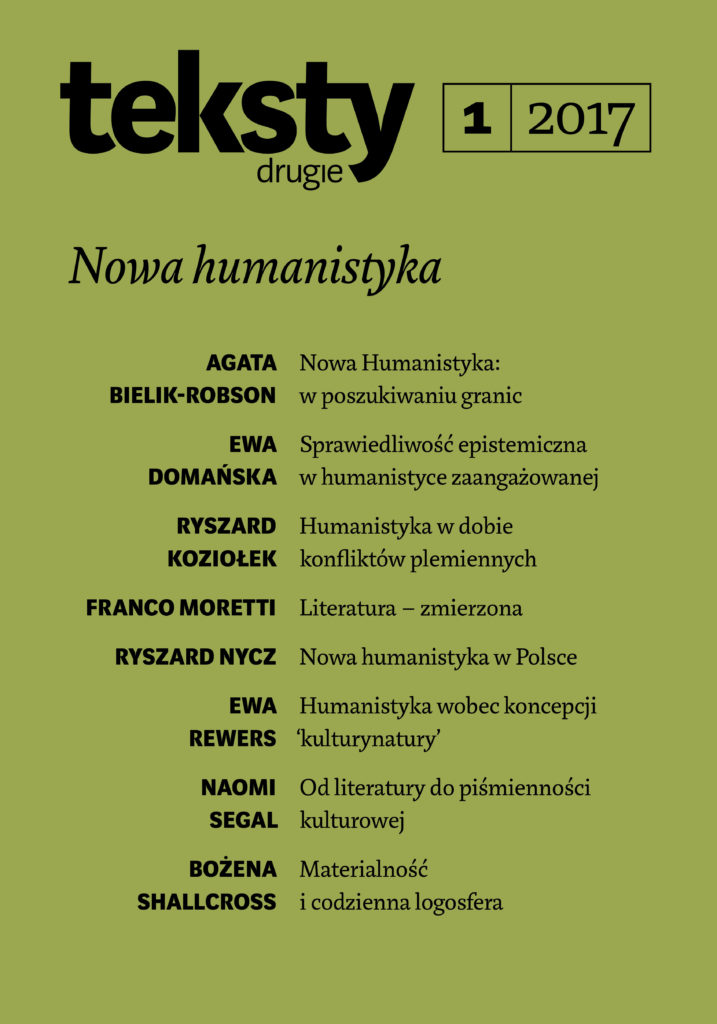
Review: M. Filiciak, Media, wersja beta: Film i telewizja w czasach gier komputerowych [Media, Beta: Film and Television in the Days of Computer Games], Wydawnictwo Naukowe Katedra, Gdańsk 2013, 312 pp.
More...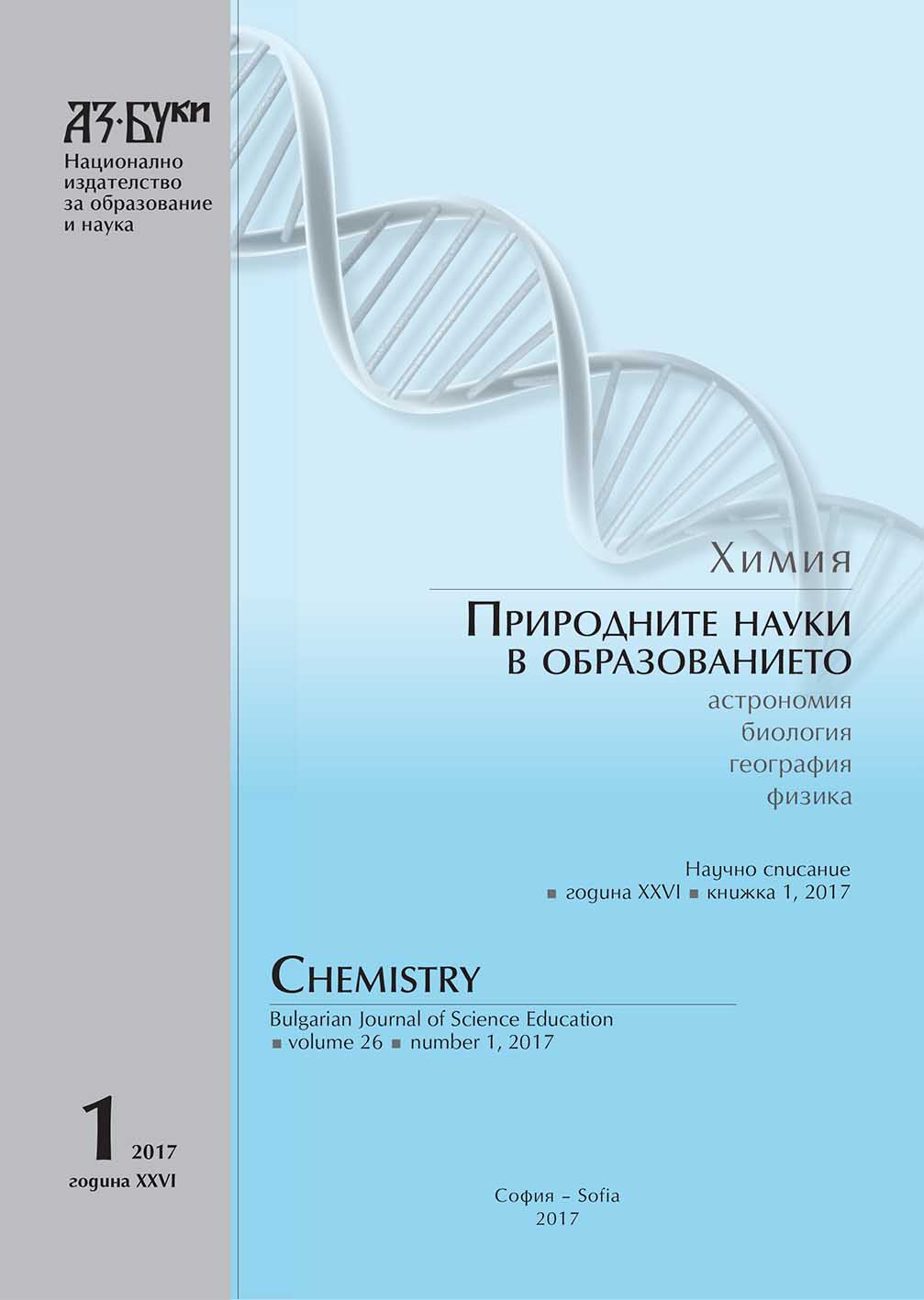
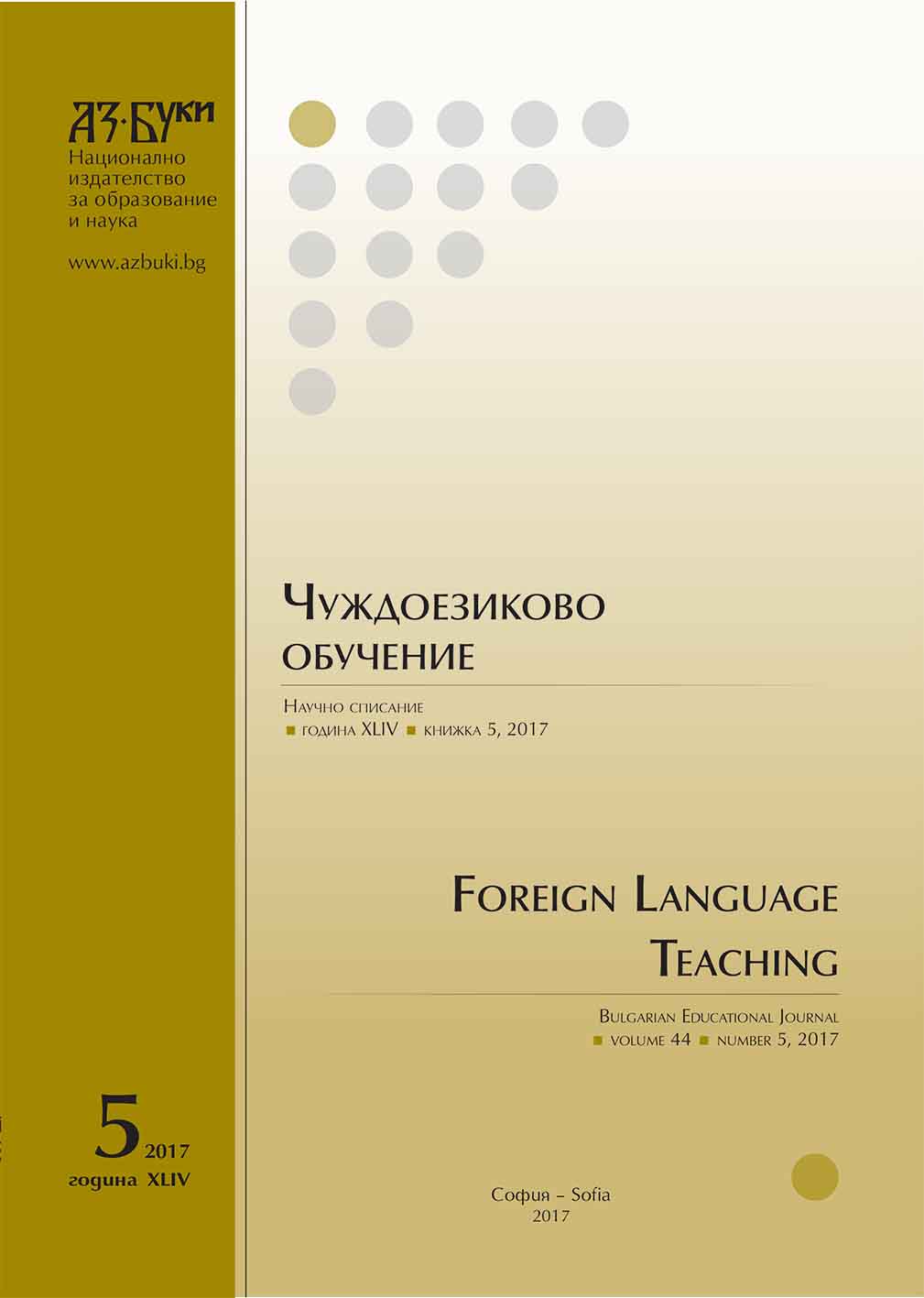
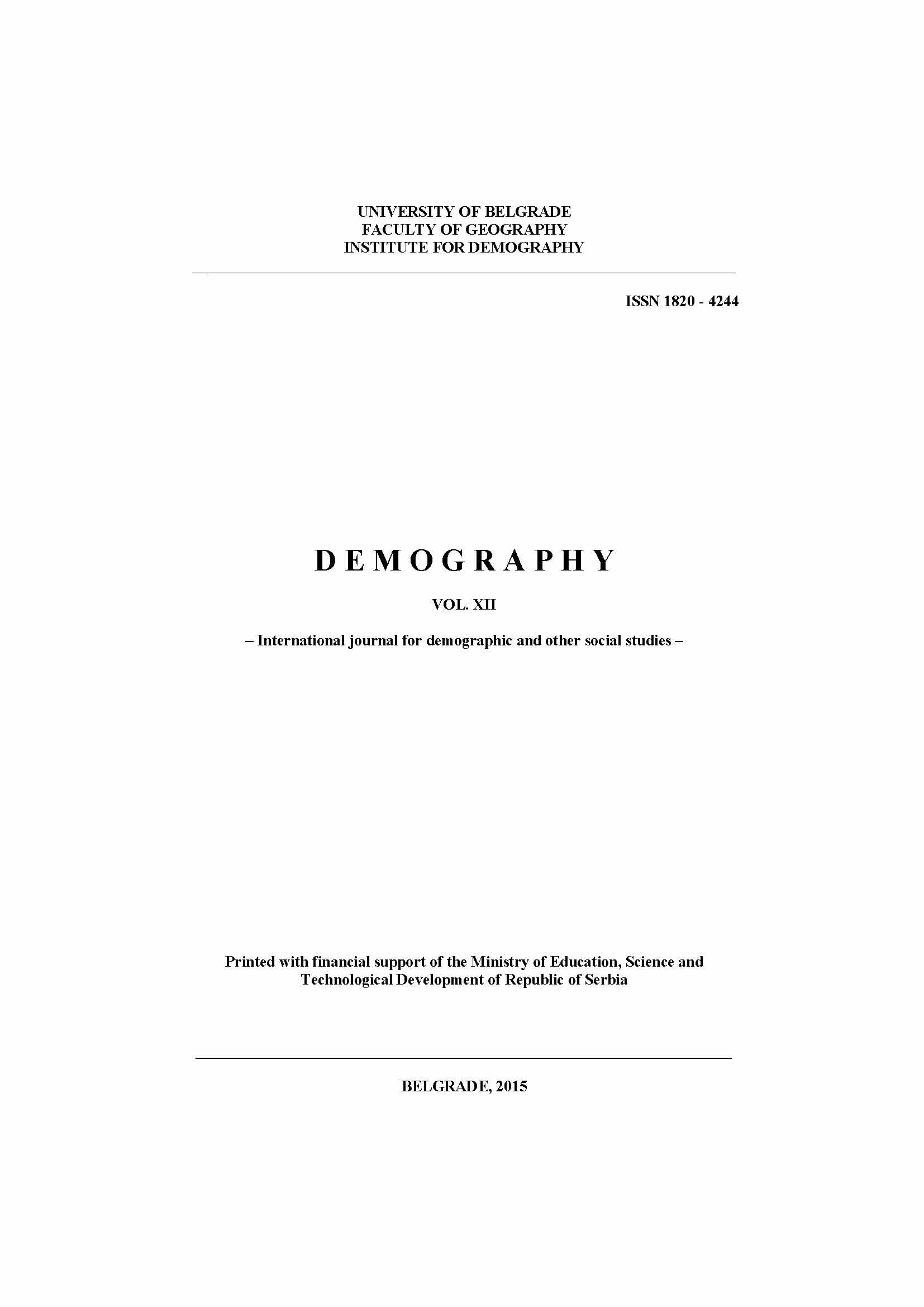
Vojislav Radovanović belongs to the classics of Serbian anthropogeographic school and his extensive work is topical today, not only because of plenty of facts collected at the territory of Macedonia and Serbia in early and mid XX century, but also for conceptions and methods, as well as depth of thought and logic of his observations. The main goal of this research paper is to shed light on research principles of classics of Serbian anthropogeography, led by Jovan Cvijić and to consider the model of classic anthropogeography according to V. Radovanović, which is representing the foundation of modern geography in Serbia.
More...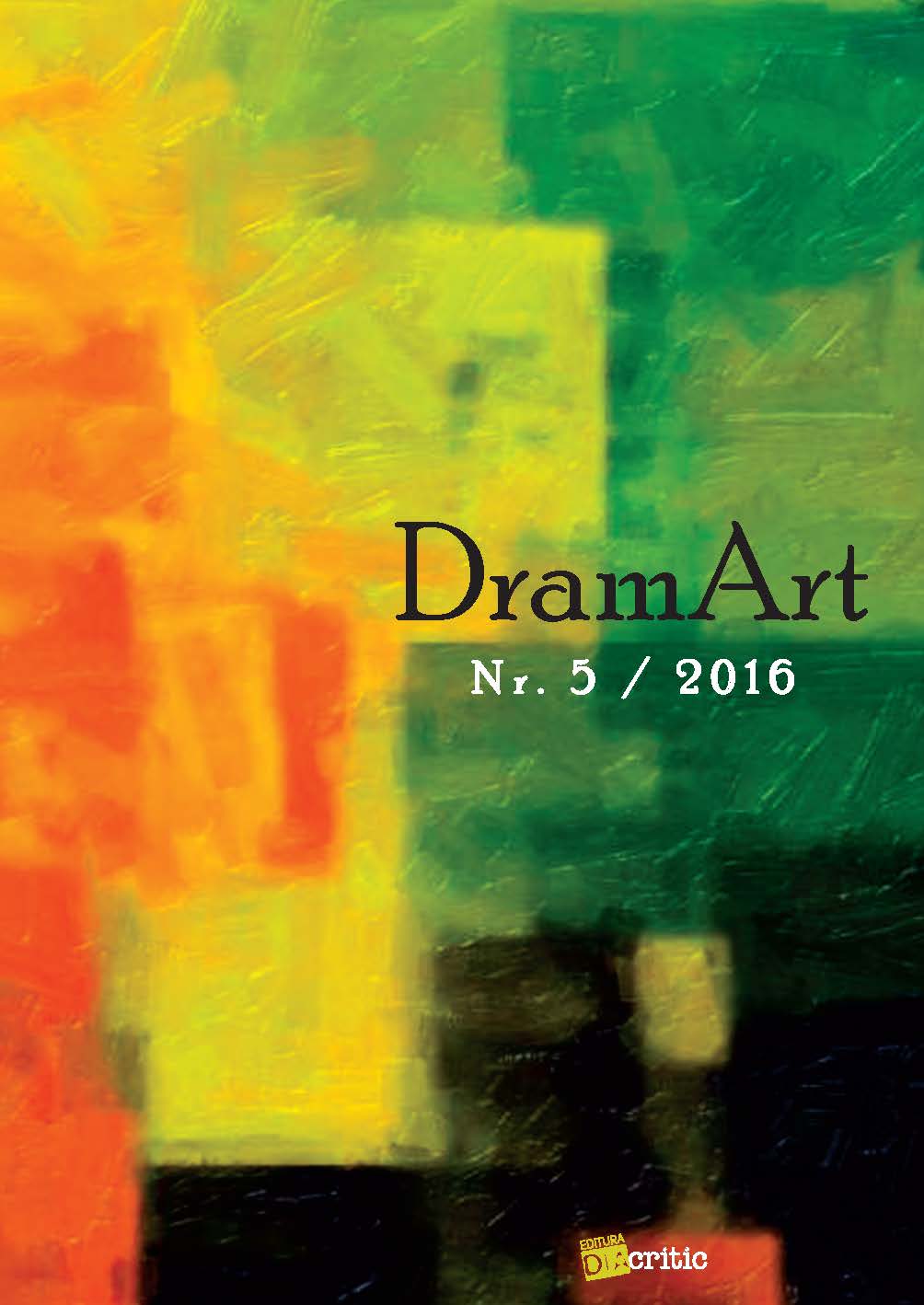
This study aims to examine the relationship between Mihail Sebastian’s literary works and his autobiographical writings. Even though his life was influenced by several watershed events of the twentieth century, this particular author defended both his moral integrity and his cultural options. Sebastian’s diaristic writings are thus relevant to each and every one of us and demand to be re-assessed through our own individual lenses. Keeping a journal, the confessing self is definitively committed to writing “to the moment”. This type of discourse has all the makings of analytical drama, from which the “protagonist”, in the purest sense of the word, is never absent.
More...

